Chuni Liu
Enhancing Boundary Segmentation for Topological Accuracy with Skeleton-based Methods
Apr 29, 2024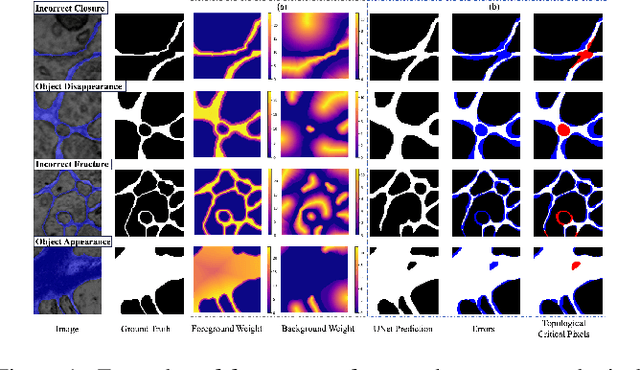

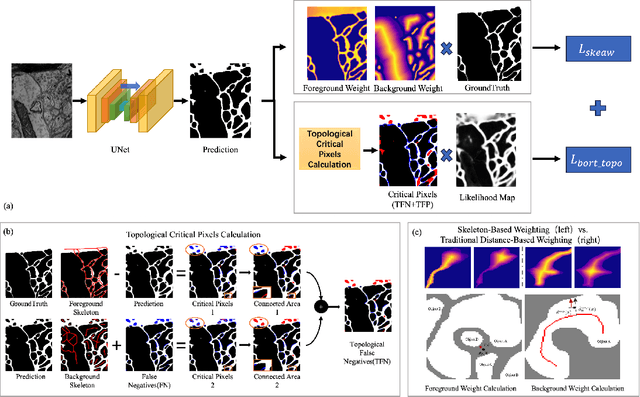

Abstract:Topological consistency plays a crucial role in the task of boundary segmentation for reticular images, such as cell membrane segmentation in neuron electron microscopic images, grain boundary segmentation in material microscopic images and road segmentation in aerial images. In these fields, topological changes in segmentation results have a serious impact on the downstream tasks, which can even exceed the misalignment of the boundary itself. To enhance the topology accuracy in segmentation results, we propose the Skea-Topo Aware loss, which is a novel loss function that takes into account the shape of each object and topological significance of the pixels. It consists of two components. First, the skeleton-aware weighted loss improves the segmentation accuracy by better modeling the object geometry with skeletons. Second, a boundary rectified term effectively identifies and emphasizes topological critical pixels in the prediction errors using both foreground and background skeletons in the ground truth and predictions. Experiments prove that our method improves topological consistency by up to 7 points in VI compared to 13 state-of-art methods, based on objective and subjective assessments across three different boundary segmentation datasets. The code is available at https://github.com/clovermini/Skea_topo.
Style transfer based data augmentation in material microscopic image processing
May 24, 2019


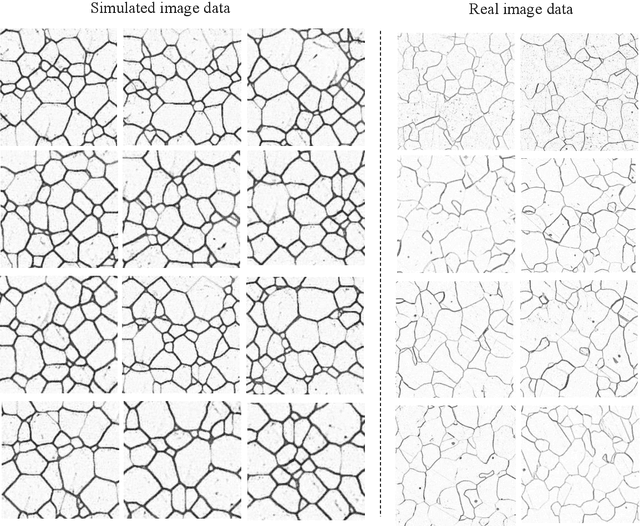
Abstract:Recently progress in material microscopic image semantic segmentation has been driven by high-capacity models trained on large datasets. However, collecting microscopic images with pixel-level labels has been extremely costly due to the amount of human effort required. In this paper, we present an approach to rapidly creating microscopic images with pixel-level labels from material 3d simulated models. Usually images extracted directly from those 3d simulated models are not realistic enough. It is easy to get semantic labels, though. We introduce style transfer technique to make simulated image data more similar to real microscopic data. We validate the presented approach by using real image data from experiment and simulated image data from Monte Carlo Potts Models, which simulate the growth of polycrystal. Experiments show that using the acquired simulated image data and style transfer technique to supplement real images of polycrystalline iron significantly improves the mean precision of image processing. Besides, models trained with simulated image data and just 1/3 of the real data outperform models trained on the complete real image data. In the study of such polycrystalline materials, this approach can reduce pressure of getting and labeling images from microscopes. Also, it can be applied to numbers of other material images.
WPU-Net:Boundary learning by using weighted propagation in convolution network
May 22, 2019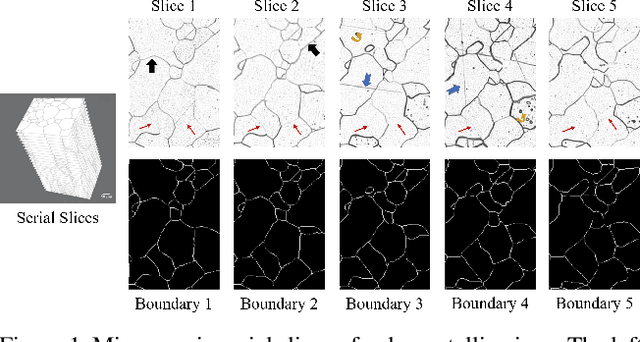
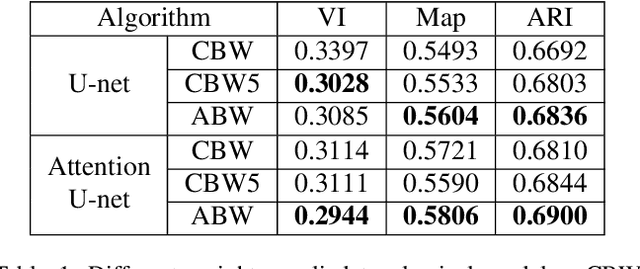

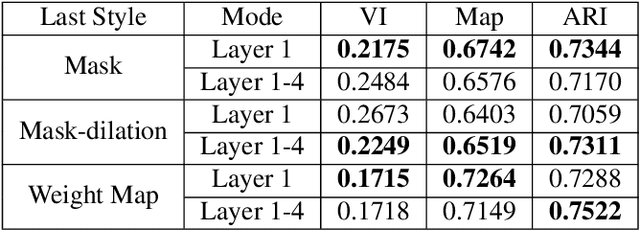
Abstract:Deep learning has driven great progress in natural and biological image processing. However, in materials science and engineering, there are often some flaws and indistinctions in material microscopic images induced from complex sample preparation, even due to the material itself, hindering the detection of target objects. In this work, we propose WPU-net that redesign the architecture and weighted loss of U-Net to force the network to integrate information from adjacent slices and pay more attention to the topology in this boundary detection task. Then, the WPU-net was applied into a typical material example, i.e., the grain boundary detection of polycrystalline material. Experiments demonstrate that the proposed method achieves promising performance compared to state-of-the-art methods. Besides, we propose a new method for object tracking between adjacent slices, which can effectively reconstruct the 3D structure of the whole material while maintaining relative accuracy.
 Add to Chrome
Add to Chrome Add to Firefox
Add to Firefox Add to Edge
Add to Edge